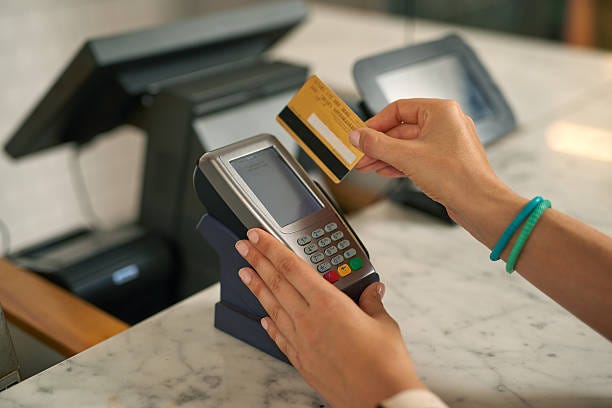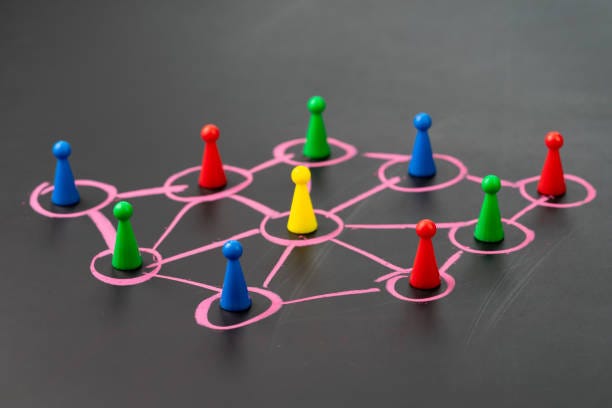Decentralization: The easiest way to understand it
Breaking down decentralization with real-life scenarios.
Yesterday, days ago or a few weeks back when you ordered from Amazon or when you went to the store, restaurant, or mall yourself to shop for groceries, cereals, semovita, food, or cigarettes and opted to pay for what you bought with your debit or credit card before leaving, a lot went down behind the scene during the transaction.

The behind-the-scenes operation is a perfect example of how a centralized system works. Although it seems complicated, it took place in split seconds for you to notice. Let's review the entire process so we can understand how a centralized system works before going over that of a decentralized system.
Now, for a transaction that would have occurred between you and only the merchant (Amazon, the store, restaurant, or mall), the following entities were involved:
An acquirer or the merchant's bank. Again, the merchant here can be the store or restaurant you're buying from.
An Issuer or the customer's bank: The bank, credit union, savings, and loan association, that provides a credit line or a debit card to a consumer or business, which in this case is your bank.
The card agency (Visa, MasterCard, etc): The card agency is neither an issuer nor an acquirer but plays a role in providing the technology and the network that power transactions.
•When you submitted your card for payment it was swiped or dipped using a card terminal device. For an online transaction, you typed in your details.

•The point-of-sale system (POS system) reads the card information and transmitted the data to your card agency.
•Your card agency received and evaluated the data, verified it, and sent the data to your bank.
•Your bank then confirmed that there are enough funds available and passes along an approval to the merchant or business owner.
The merchant completes the transaction and checks you out. The checkout process is the same with both debit cards and credit cards with a little difference in how they operate. That is, when you're paying with your credit card, you are pulling on credit lines from your card issuer but when you're paying with a debit card you are drawing from funds that you currently have available through your linked bank account.
This is an example of a centralized system that we are so used to.
What makes it a centralized system?
The third-party involvement makes this system centralized. You have less or no control and authority over your data or the functions of these services. Third-party intermediaries are always needed to verify data, coordinate transactions, or oversee communications.
Think of when you sent an email to your colleague, boss at work, or your friend. The email service provider has the knowledge of when and what you sent. The details are stored privately without any identifier and the email service provider has a copy of them.
These centralized services store this information with your consent because you signed up and agree to their T&C.
Centralization might be undoubtedly an effective way to manage organizations or networks but it is an organizational structure where decision-making power is just with a few people. This brings about problems of trust, data leaks, and single points of failure.
What then makes a system decentralized?

A decentralized system was introduced to modify and fill the loopholes in data leaks, trust, downtime risks and scalability issues of a centralized system. Bitcoin birthed the concept a decade ago. A decentralized system is an uncensored system where there is no central authority or where there are no intermediaries.
Going over the customer and merchant scenario again, in a decentralized system, the checkout process wouldn’t involve a third party but instead just you and the merchant. This does not mean transactions are not verified and validated in a decentralized system, no.
In a decentralized system, the intermediaries' functions are moved to the periphery of peer participants in the blockchain infrastructure. Transactions are verified and validated through consensus algorithms and are recorded in a public ledger.
This eliminates the dependency on a single point of failure.
How?
If your card agency is having a processing outage or downtime, you can’t complete your transaction with the merchant.
Blockchain technology drives decentralization but this doesn’t make it subjective to payments alone, it stretches to governance, identification, product inventories, legal contracts, and much more.
A decentralized system is an open system, where things are less about TRUST and more about TRUTH.




